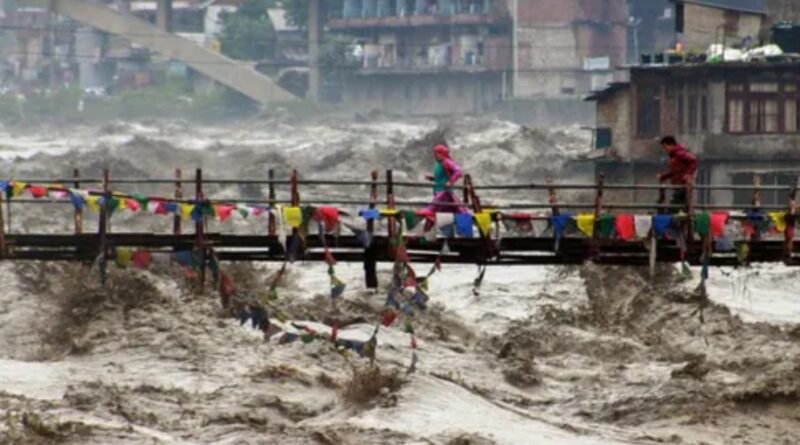When the Beas Turns Fierce: Kullu Valley’s Silent Struggle Against Rising Floods
In the picturesque Kullu Valley, where apple orchards bloom and tourists flock to escape the summer heat, a quiet crisis is unfolding. The Beas River, once a symbol of serenity, is increasingly becoming a force of destruction — fed by unchecked floods from five major drains: Fozal, Sarvari, Kasol, Hurla, and Mohal.
A recent study by the GB Pant National Himalayan Environmental Research Institute, in collaboration with universities in India and the UK, paints a sobering picture. Floods in these drains have surged by 68% since 1990, turning the Beas into a raging torrent every monsoon. The consequences? Washed-out bridges, stranded tourists, ruined farmland, and shattered livelihoods.
A History Written in Water
Researchers traced flood patterns all the way back to 1835, using colonial-era diaries from the British Library and modern weather data. The findings are alarming: 128 major floods across Kullu since 1846, with 87% striking during the monsoon months. These aren’t just numbers — they represent homes lost, roads cut off, and communities left vulnerable.
The Human Toll
In June 2025, flash floods in Kasol’s Grahan Nala nearly swept away vehicles. In 2023, over 10,000 tourists had to be rescued when floods shut down the Bhuntar–Manikaran road. The Sarvari drain has repeatedly damaged water supply systems, while Hurla’s floods have destroyed orchards and farmland. Just this August, the Khokhan drain washed away eight vehicles and damaged private lands.
A Call for Urgent Action
The study urges immediate steps: build embankments along the drains, ban construction and mining near their banks, and resettle vulnerable communities. Without these measures, experts warn, the Beas could trigger disasters not just in Himachal, but downstream in Punjab as well.
Even the Supreme Court has taken note, emphasizing the need for long-term flood management in the valley.



